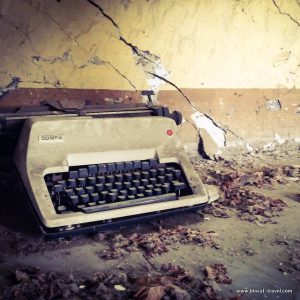
Speaking of Urbex in Italy… I’ve kept the pictures of Racconigi mental asylum in my phone for almost one year. I’ve back-up them on every possible device and yet I was unable to delete them from the one device I always carry with me, and I became addicted to browsing through them and feeling the eerie atmosphere of that place once again.
The time has come to let them go. And so, following my round-up of abandoned places in the province of Vercelli, here is what else I explored in Piedmont.
Urbex in Italy > Piemonte > The former mental asylum in Racconigi
Walking through the deserted hallways of the former mental asylum in Racconigi, we rely on a few details –a medical prescription, a typewriter, a straightjacket- to dig into the freeze-frame of a moment, trying to understand the place through these little doors that open onto a painful past.
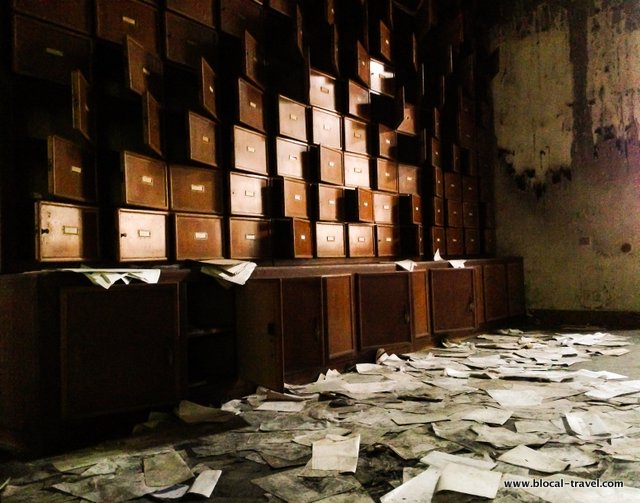
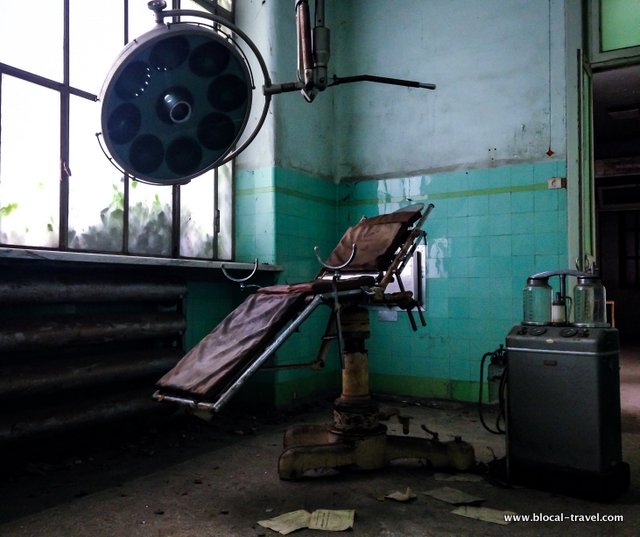
Every detail freezes a timeless moment of a place where time was marked by the coming of meals and medications. But now that pills and dull foodstuffs have stopped coming, time is suspended and still, concentrated in these fragments.
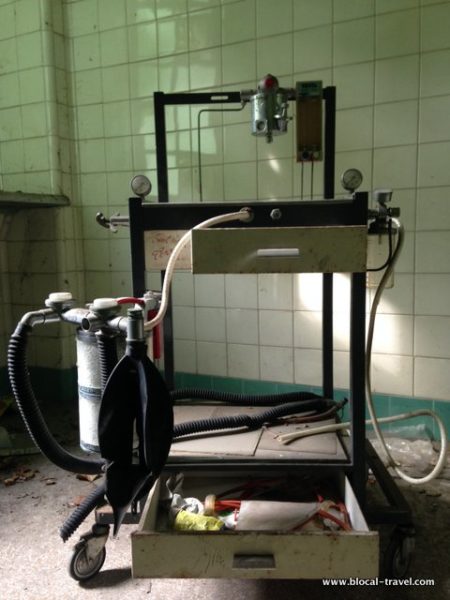
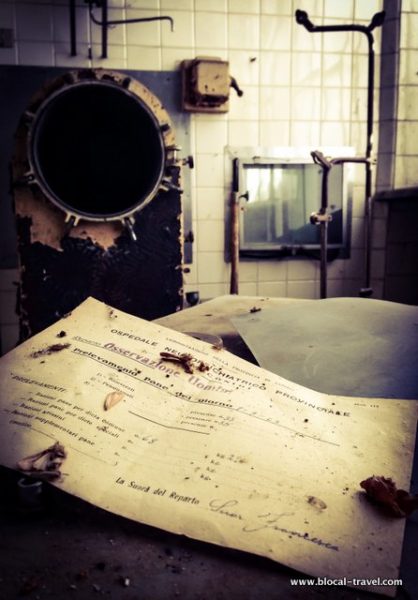
The more we try to put all the details together -stringing ‘em together like pearls in a necklace- the further we get from the big picture, as we lose ourselves in that maze of naked rooms, hallways, wings and courtyards.
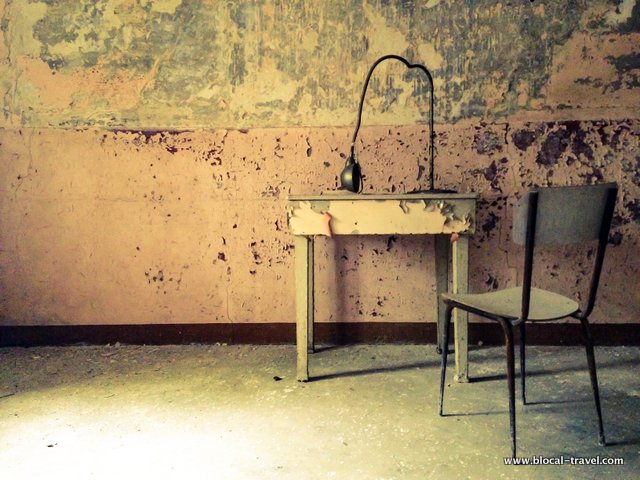
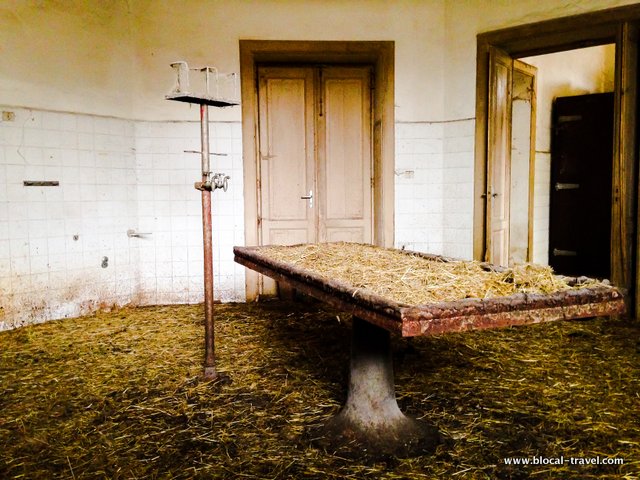
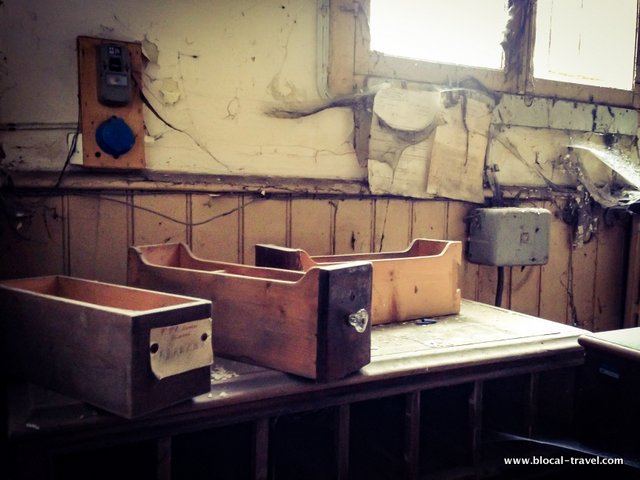
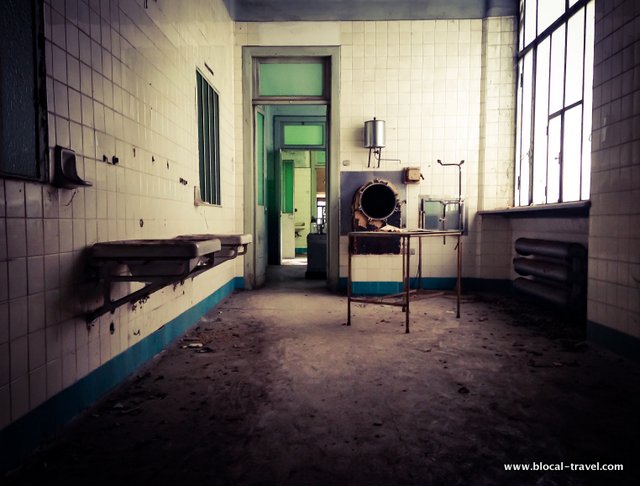
Racconigi’s mental asylum is one of my favourite locations ever. It is now very difficult to enter it illegally, so the hospital still preserves its history, concentrated in all those medical equipment, furniture and many objects scattered around its floors, made uneven by the damp. Unlike those abandoned places that have been vandalized, here the connection with the past is strong and tangible.
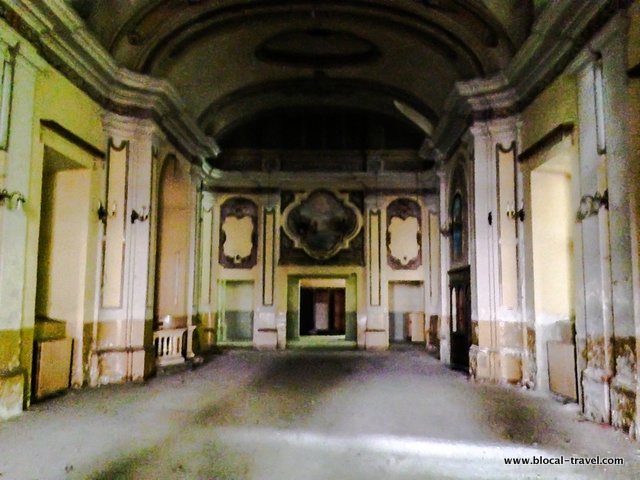
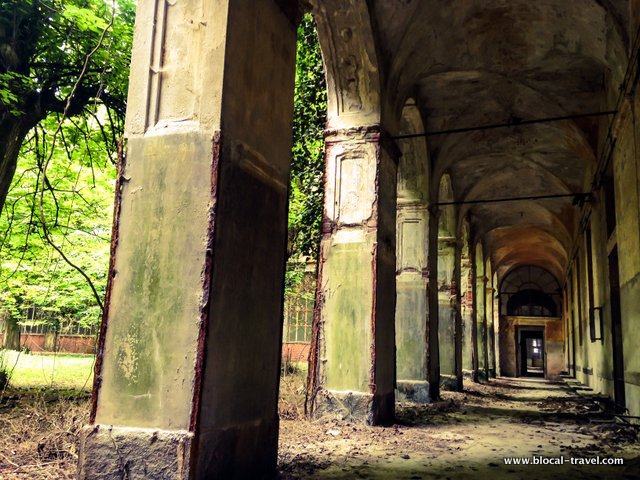
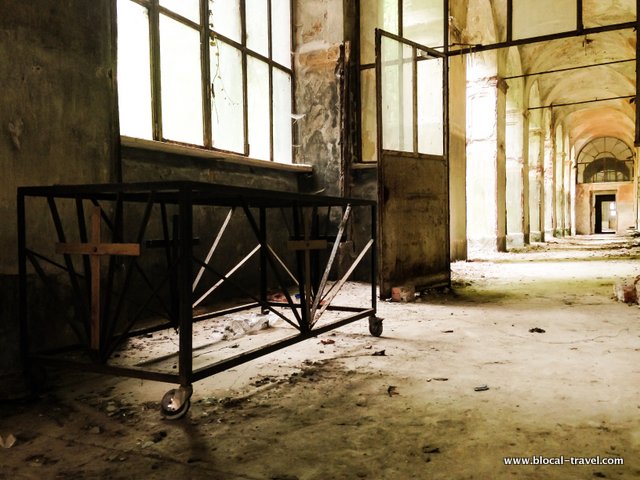
Opened in 1871, this ‘town inside a town’ was (in)famous for its neurosurgery studies –witnessed by a disconcerting operating theatre and a lot of medical equipment still scattered around. Dr. Oscar Giacchi, who managed the hospital from 1880 to 1907, was convinced that mental illness was due to a disproportion between the brain volume and the skull; therefore, he performed surgery to enlarge the skull and obtain more room for the brain.
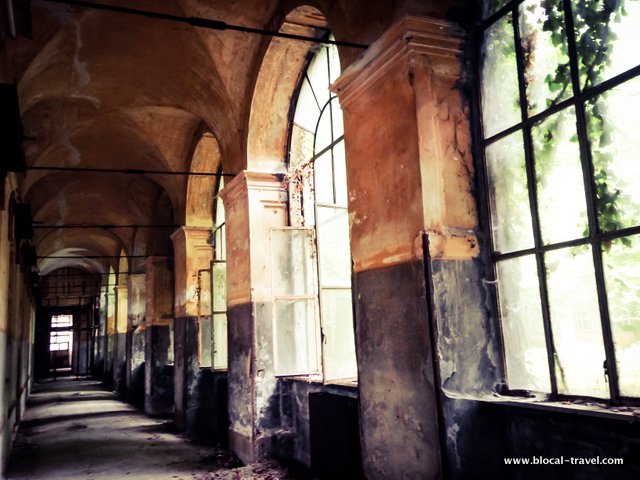
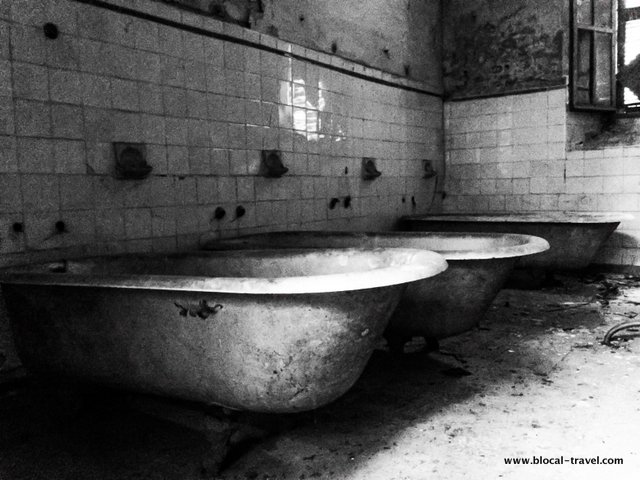
Just one year after its opening, the hospital hosted 234 ‘patients’ and, at the beginning of WWI, the number had increased to 800. It exceeded 1000 between the wars, and grew to 1500 in the 1960s. Obviously, this wasn’t due to a progressively higher number of mentally ill people, but because it became easier to admit the mentally ill to hospitals. Actually, 1/5 of Racconigi’s patients were affected by pellagra (a vitamin deficiency disease), while many others were hospitalized for alcoholism.
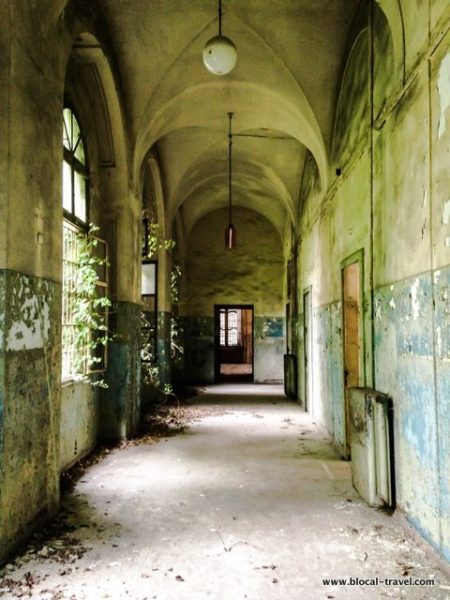
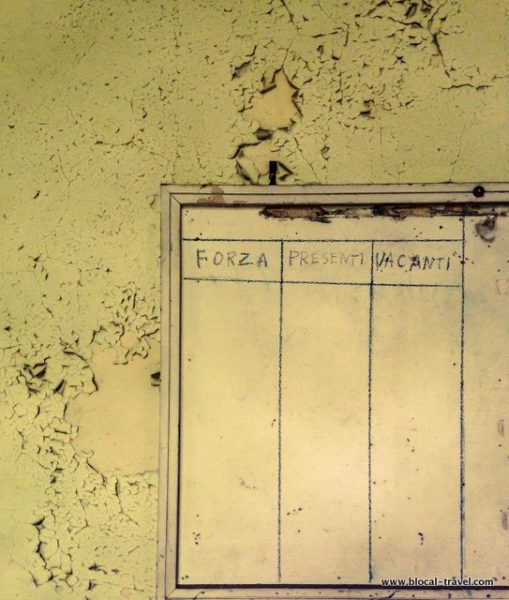
Urbex in Italy > Abandoned places in Piemonte > Ex Milanese and Azzi
The area of Coniolo-Ozzano is rich in industrial archaeology, as it was an important centre for the extraction of lime and production of concrete during the 19th and 20th centuries.
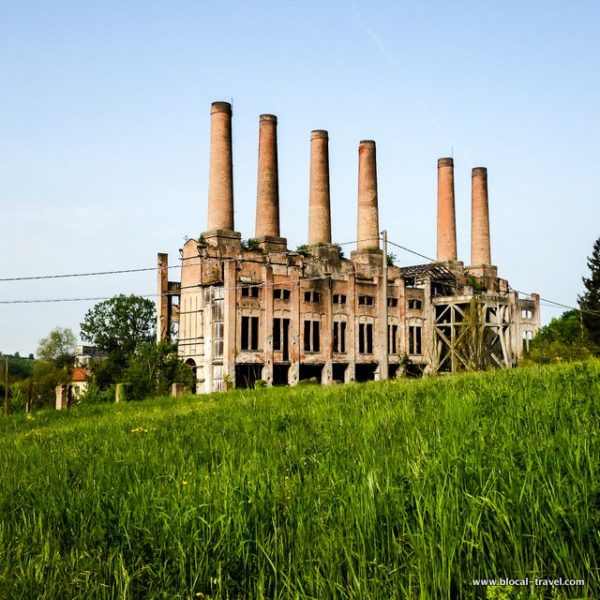
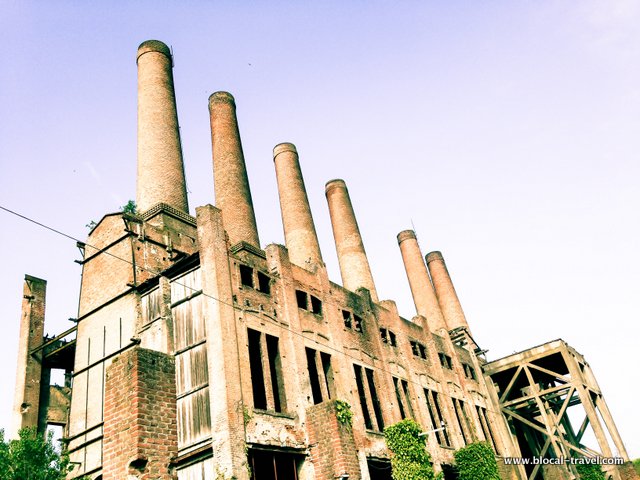
This former cement plant is in Ozzano Monferrato. It was built in 1894 on a previous factory that extracted hydraulic lime. It’s a symbol of Monferrato’s concrete industry and a landmark of the area. It has six vertical ovens, which were built between 1911 and 1924 to produce concrete.
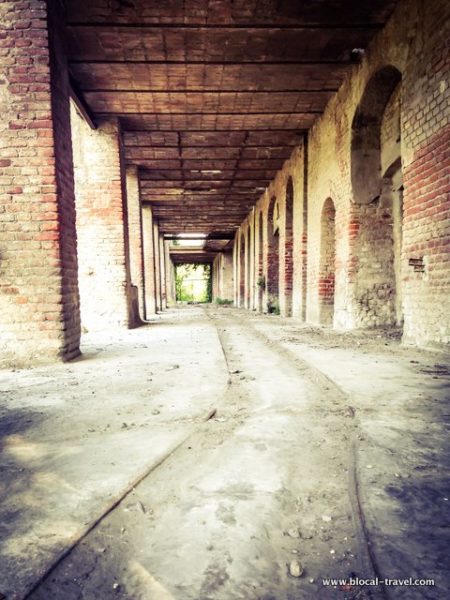
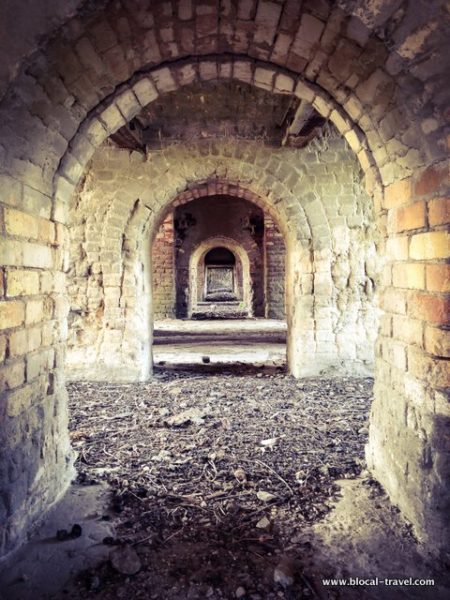
In 1924 a cableway station was built between the ovens, to connect this factory with the nearby mines. I like the essential architectural lines and the austere design, which is even more austere now that the place is no more than a skeleton.
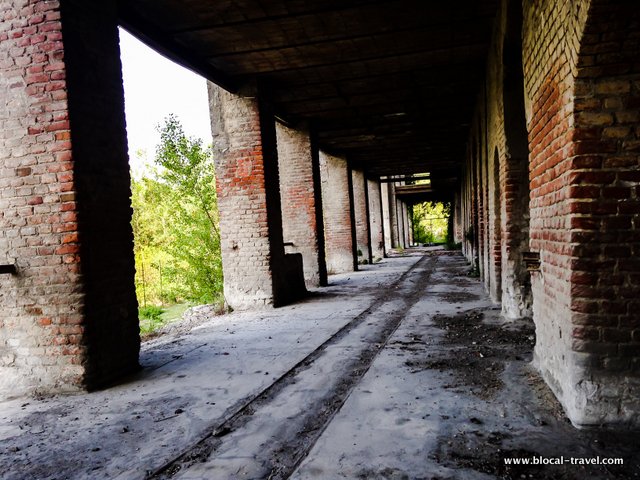
The abandoned cement plant: how to get there
This former cement plant is just outside the village of Ozzano Monferrato, more precisely here > GPS coordinates: 45.109 N – 8.367 E. From the main road, you should enter the wood and follow the path leading to a gate, which is quite easy to crawl under.
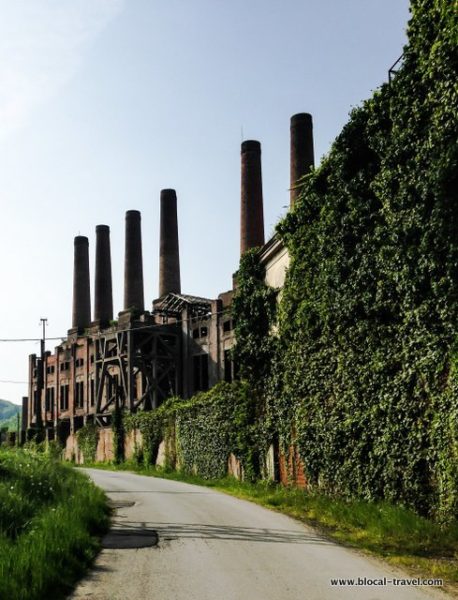
Urbex in Italy > Abandoned places in Piemonte > derelict warehouses in Tortona
This industrial estate in Tortona is made up of 21 warehouses and 4 administrative buildings.
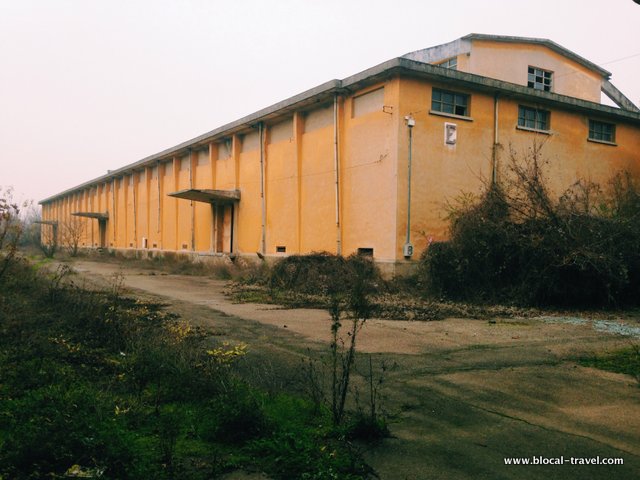
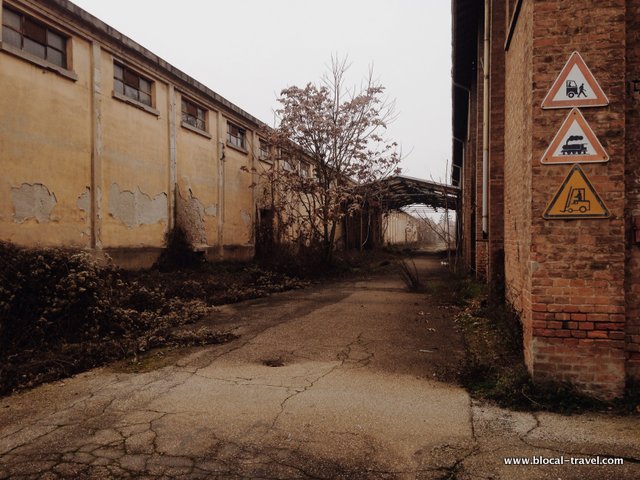
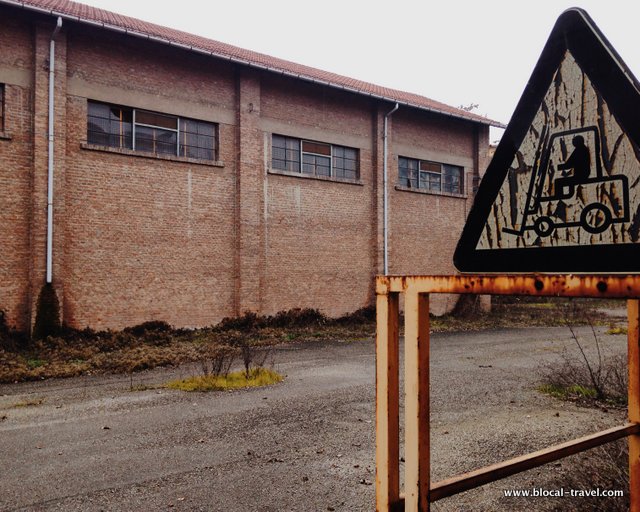
It was built in three different periods: in the 1920s, when the complex operated as a steel factory; in the 1950s, when the acclaimed Italian architect Pier Luigi Nervi enlarged the original plan of the 100,000 m2 steel factory -which was damaged by bombings in 1944- converting it into a salt factory; and in the 1970s, when the administrative buildings were added.
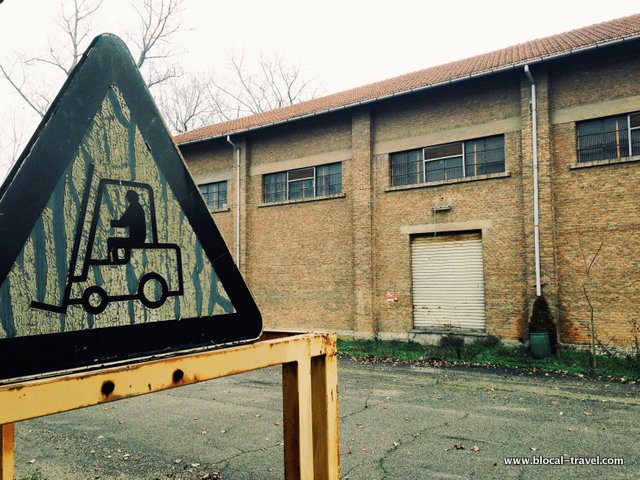
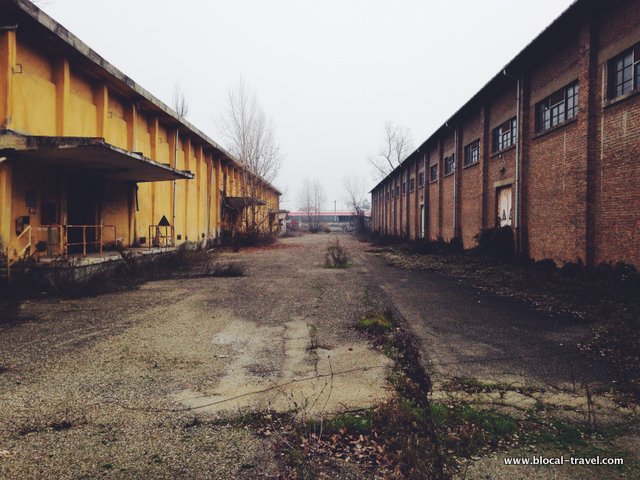
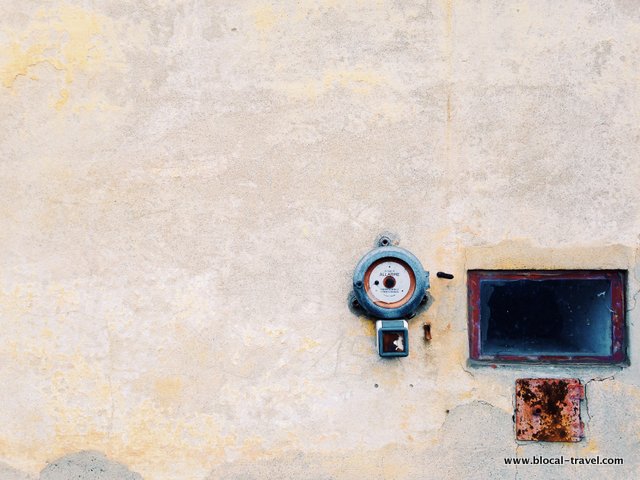
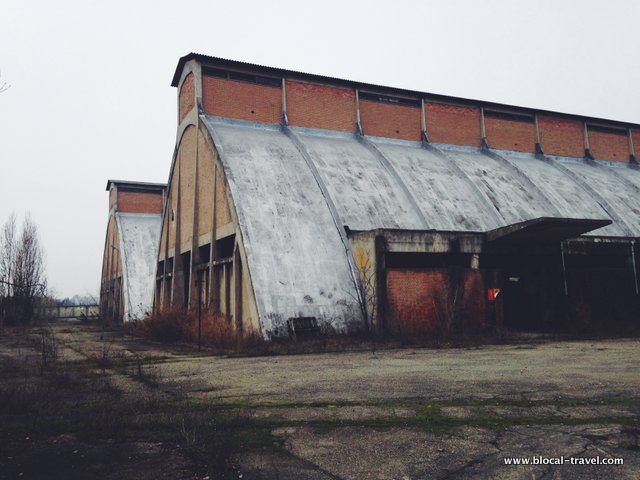
Nervi worked at this project when he was at the top of his career, making it into the first plant in Europe to perform the full cycle of salt manufacturing through a single production chain.
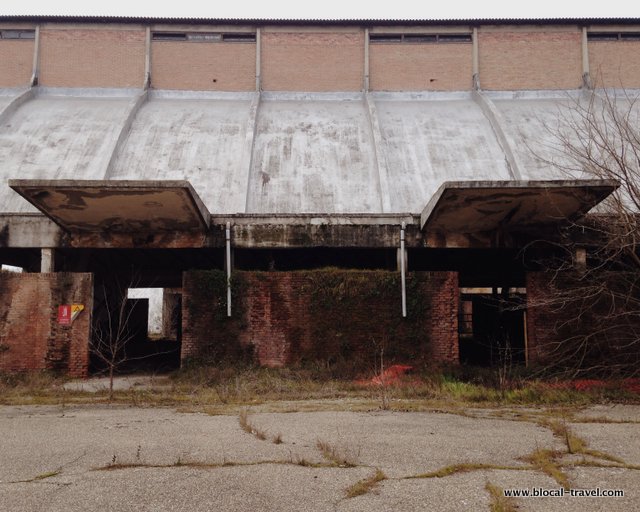
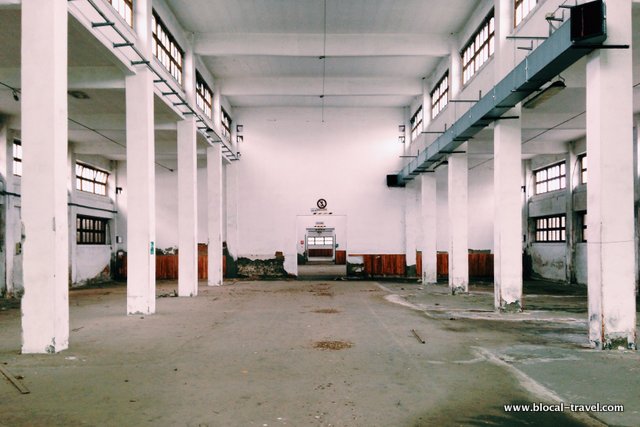
The plant opened in 1954, but already at the beginning of the 1980s it had to slow down and some of its buildings were turned into warehouses. It fell into disuse at the beginning of the 2000s.
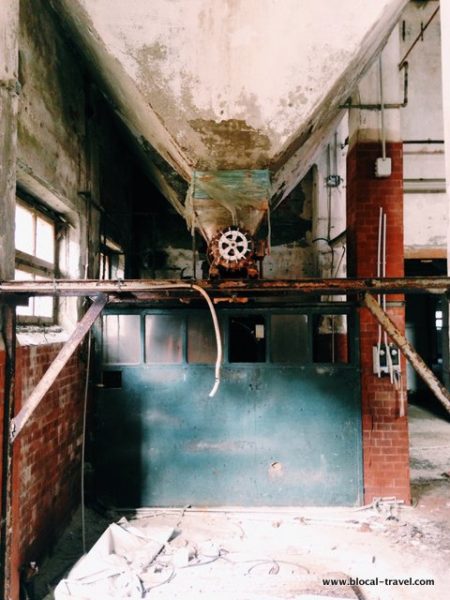
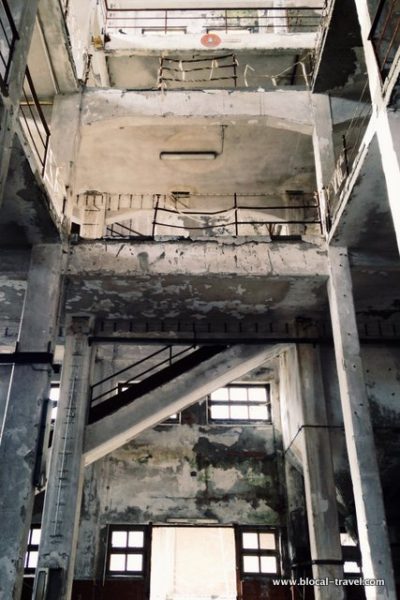
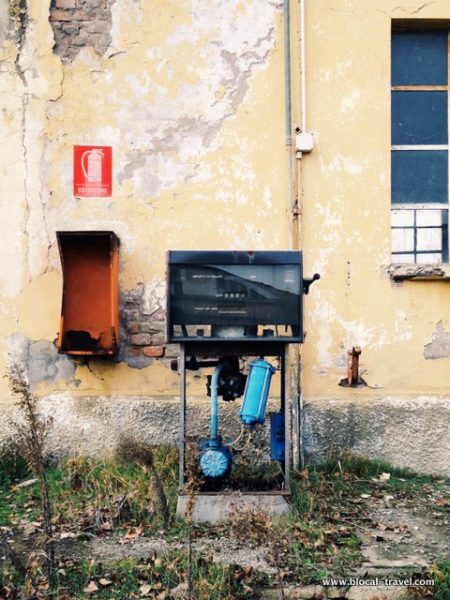
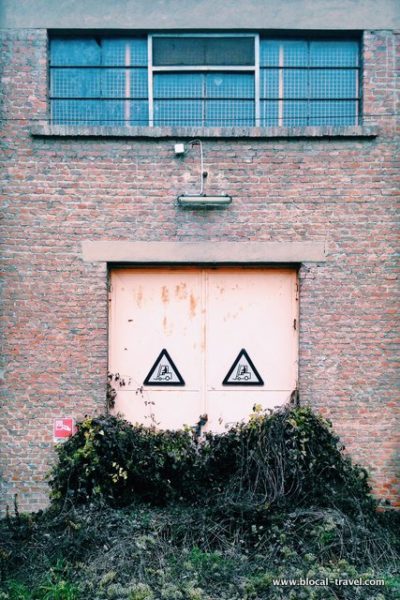
The abandoned warehouses: how to get there
We parked the car in Via Bengasi and walked around the surrounding wall of the factory, as far as the hole in the wall. When we visited it, there were some people living inside the former administrative buildings.
GPS coordinates: 44.904690 N, 8.863821 E
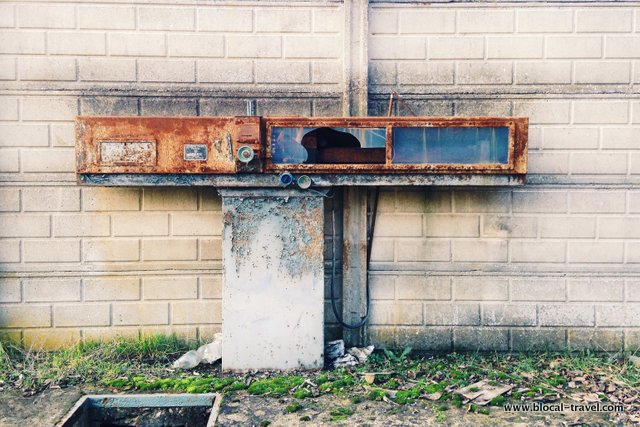
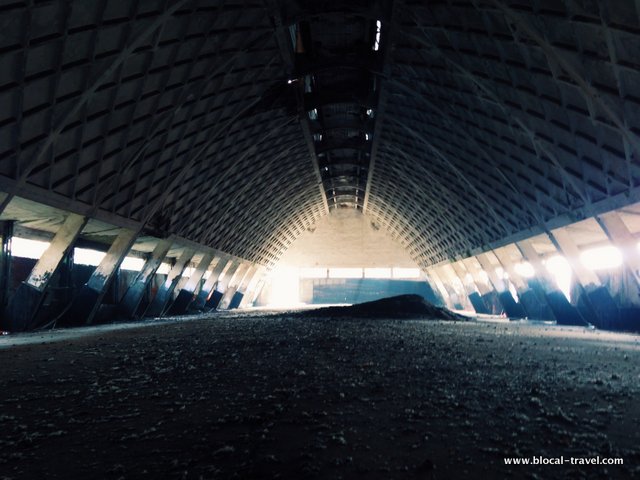
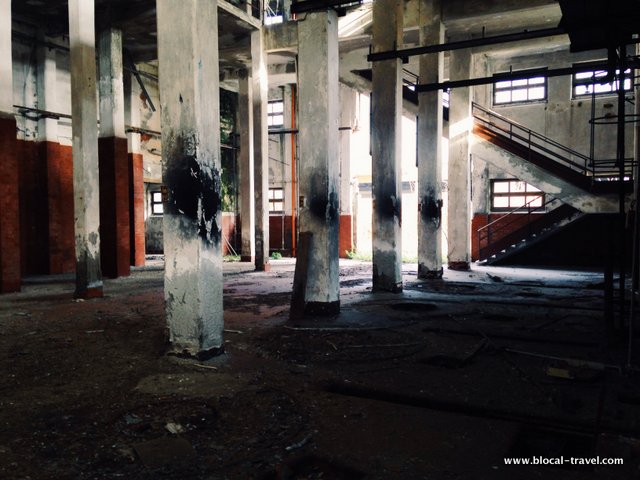
Urbex in Italy > Abandoned places in Piemonte > the racetrack in Morano Po
Update 2025: This place isn’t abandoned anymore, it’s now functioning again.
The perfect time to visit this place is at dusk, as we did. The sun disappearing behind the U-turn at the end of the track is somehow poetic, yet melancholic, a spotlight on the loud silence of this racetrack hidden in the wood.
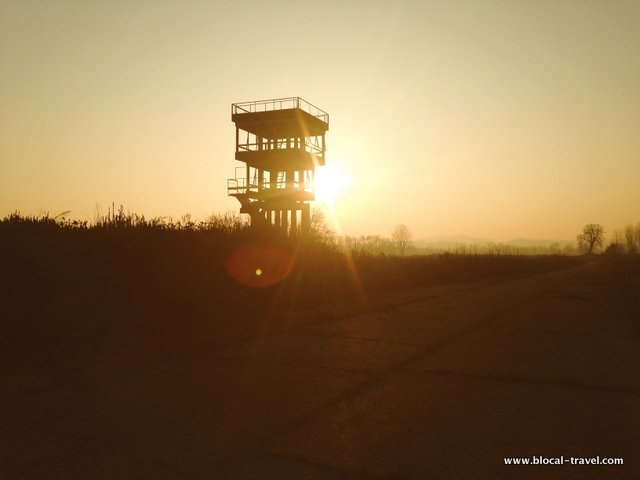
Designed as the mecca of speed and powerful engines roaring by, the noise of racing cars has long gone, replaced by the chirruping of birds. This racetrack was inaugurated in 1973 and already closed in 1976, since residents complained about the noise. Despite its short life, it was very popular in Italy.
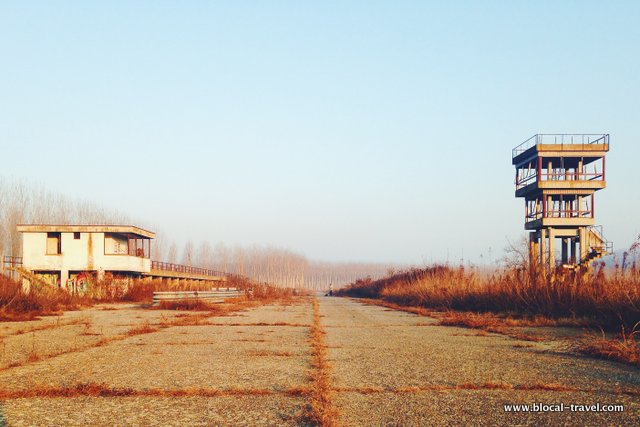
The abandoned racetrack: how to get there
This place is lost in the wood. The best way to find it is with the help of a GPS navigation device, following these coordinates: 45° 9’15.05″N – 8°20’47.02″E
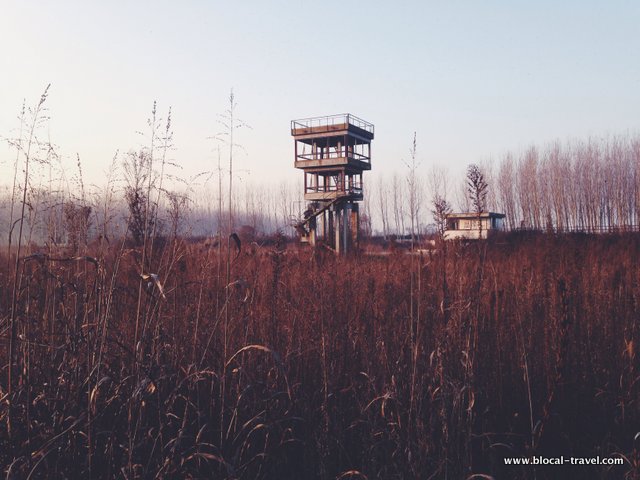
Check out my ‘Abandoned Italy’ series!
PEEK THROUGH || You will find some of these places in my video “Urbex: 1 weekend in northern Italy… in 1 minute!”